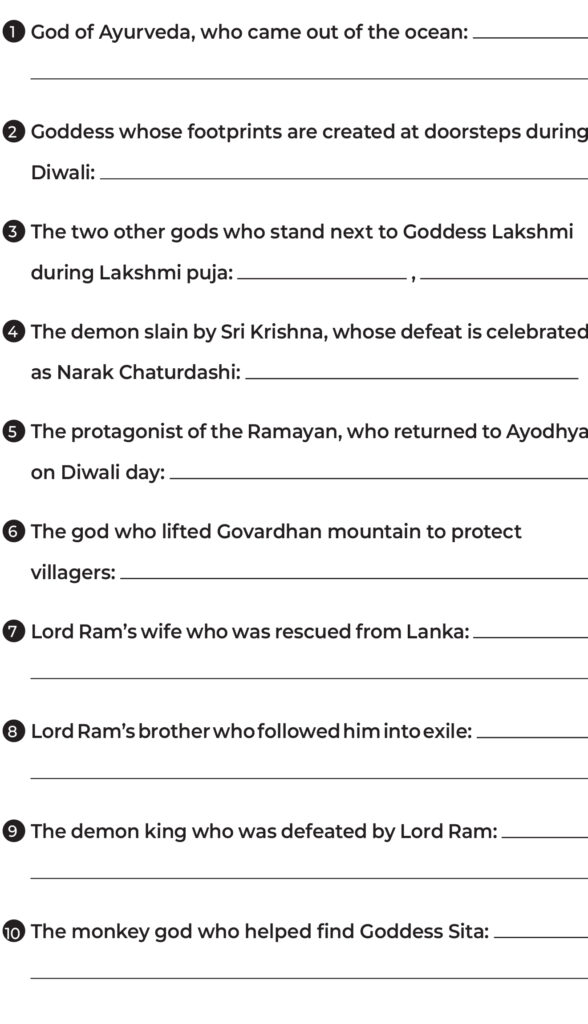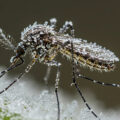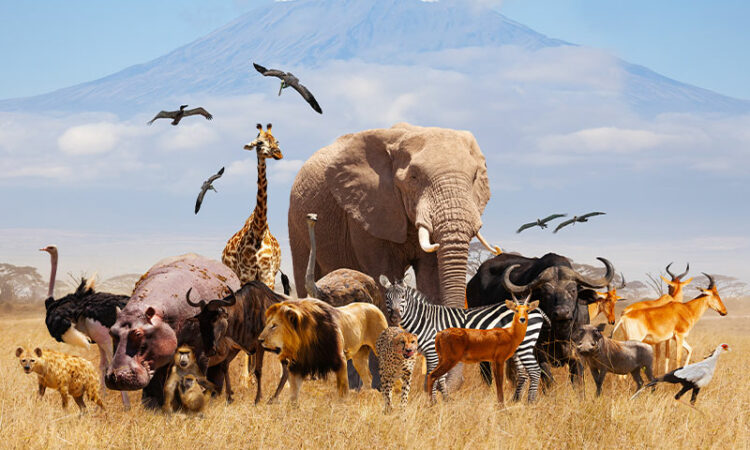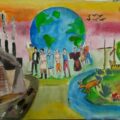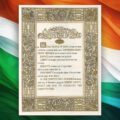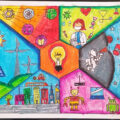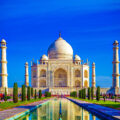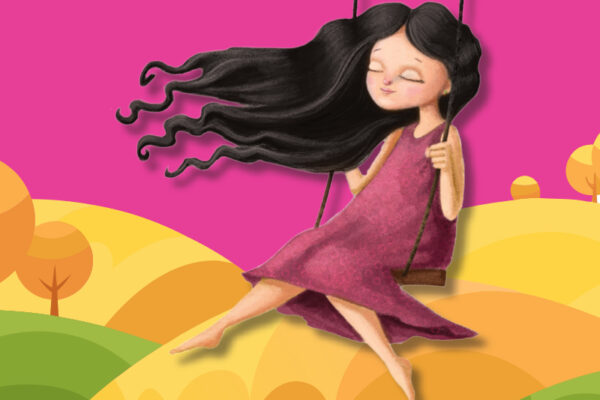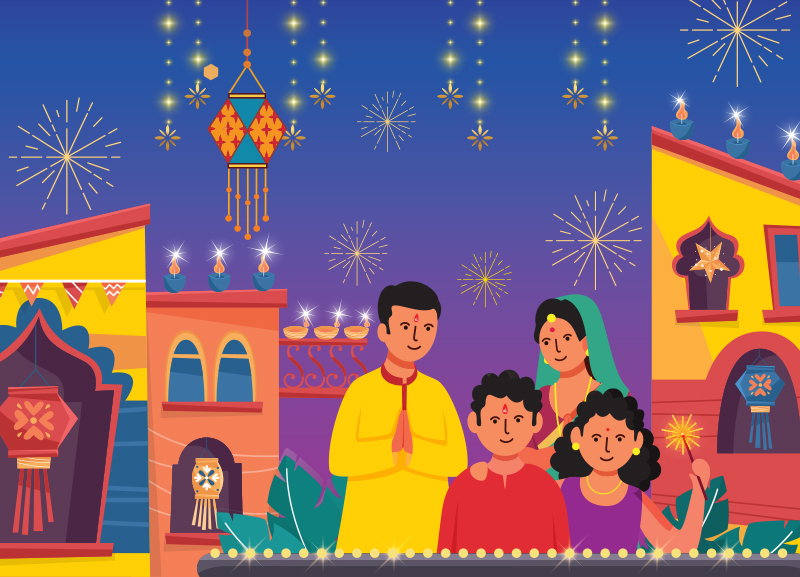
October 16, 2025
After 20 days of Dusshera, the countdown to Diwali festivities begins. Diwali is celebrated on the Kartik Amavasya (new moon) night and follows the Hindu lunar calendar. The festival is usually observed between mid-October and mid-November. Diwali is regarded as a period of great joy. The Bengalis worship Goddess Kali on the night of Diwali. The Jain community celebrates it as the day Lord Mahavir attained salvation. The Sikhs celebrate Diwali to commemorate the release of Guru Hargobind Singh Ji from prison and some parts of South India offer prayers to Lord Vishnu on Diwali.
Interestingly, Diwali also marks the beginning of a new year as per the Vikram Samvat calendar, which is a traditional lunisolar Indian calendar dating back to King Vikramaditya. In India, many business communities treat Diwali as the start of a new financial year. They close old accounts books and open new ledgers on Diwali by performing a ritual called Chopda Pujan. Prayers are offered to Lord Ganesh and Goddess Lakshmi for success and prosperity. Therefore, on Diwali, the stock market also opens for a special one-hour trading session, known as mahurat trading.
THE FIVE DAYS OF DIWALI
Diwali is celebrated over five days. This year, it begins on October 18 and ends on October 23. Traditionally, the celebrations begin with Rama Ekadashi, which falls four days before Diwali. The day is dedicated to Lord Vishnu. The next day is called Govatsa Dwadashi or Vasu Baras, although it is known by many different names across the country. It is a day to honour cows and their calves, symbolising prosperity and nurturing, highlighting their significance in Hindu culture.
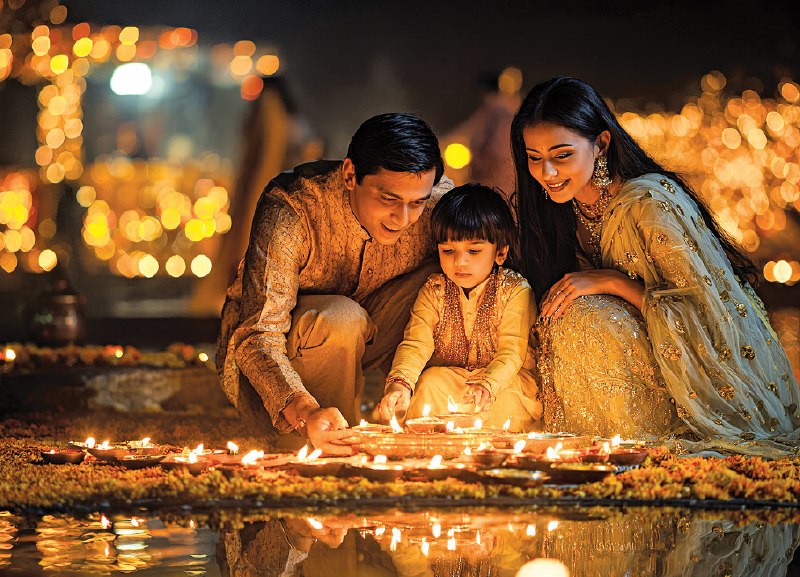
Dhanteras
This day is celebrated two days before Diwali. After performing a puja for Goddess Lakshmi, the goddess of wealth, people step out to buy jewellery, utensils, books and other work-related things. It is believed that bringing valuables into the home invites positivity and prosperity. This day is also associated with the god of Ayurveda, Dhanvantari. Diyas are lit and rangolis are made outside homes to welcome Goddess Lakshmi.
Rangolis, at the entrance of homes, are more than a decorative tradition. According to legend, Sage Agastya’s wife, Lopamudra, was a wise woman who even contributed to the Rigveda. She created a rangoli to please the gods and support her husband. She sought colours from the five elements–sky, wind, water, earth and fire–and used ground rice, lentils, flowers and spices to bring them together, making her rangoli both vibrant and meaningful. It is believed that the shapes used in rangolis such as circles, squares and triangles are also linked to the five elements and start with the dot, which symbolises the cosmic point. Hence, rangoli is considered a divine art, which helps to invoke the gods and goddesses.
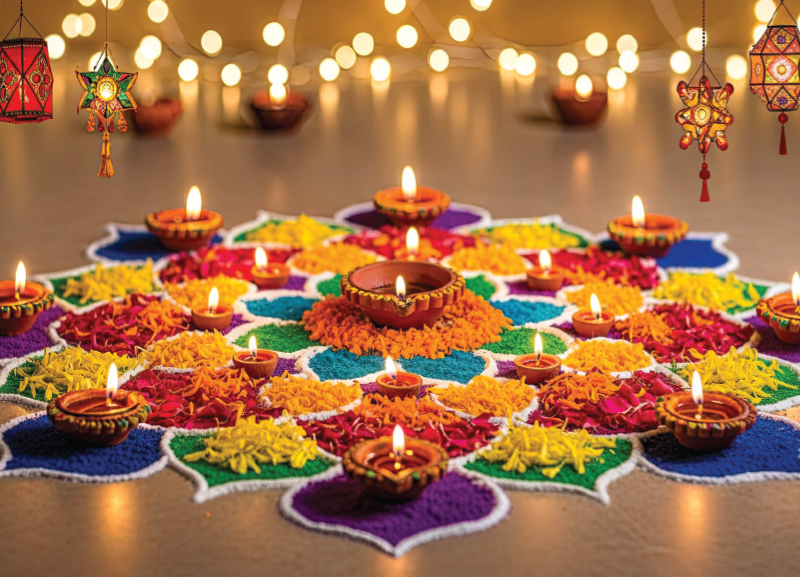
Narak Chaturdashi
Narak Chaturdashi is associated with Lord Krishna and the demon, Narakasur. The day begins early, with devotees waking up before sunrise and taking an oil bath by applying ubtan (home-made scrub) amongst other rituals, which are believed to ward off the evil eye. A unique ritual is practised on this day, which involves crushing a bitter karit fruit under one’s heel and applying its seeds as a tilak on the forehead. Some believe in performing rituals for the lord of death, Yama. Therefore, people light oil diyas outside their houses and pay obeisance to Yama to avoid untimely death.
Diwali
This is the night of celebrations when prayers are offered to Lord Ganesh, the god of wisdom, Goddess Lakshmi, the goddess of wealth, and Goddess Saraswati, the goddess of knowledge and learning. It is a way to acknowledge that true wealth cannot exist without knowledge and wisdom. The puja is performed at sunset, traditionally followed by bursting firecrackers. Houses are decorated with flowers, diyas and rangolis. Various kinds of foods are made at home, both sweet and savoury, and offered to deities and then guests. Some families also play cards on this day.
Govardhan Puja
According to legend, on this day, Lord Krishna saved the people and animals of Vrindavan from rains and floods by lifting the Govardhan mountain, providing them shelter and protection from the wrath of Indra, the god of rain. As a symbolic gesture, children build small Govardhan hills made up of cow dung or mud and people offer sweets, multiple vegetarian dishes and delicacies to please Krishna. Some traditions mention offering 54 different varieties of food items. This day is also celebrated as the Gujarati New Year.
Bhai Dooj
The final day of Diwali celebrates the bond between siblings. One famous legend behind the day is about the River Yamuna, who had invited her brother, Yama, to her house. She welcomed him lovingly, applied a tilak on his forehead and offered him delicious food. Yama was very happy with such a warm welcome and told his sister to ask for a boon. To this, she requested him to protect the men whose sisters celebrate Bhai Dooj and bless them with a long life and good health. Since that day, women perform this ‘tilak’ ritual and pray for the well-being of their brothers.
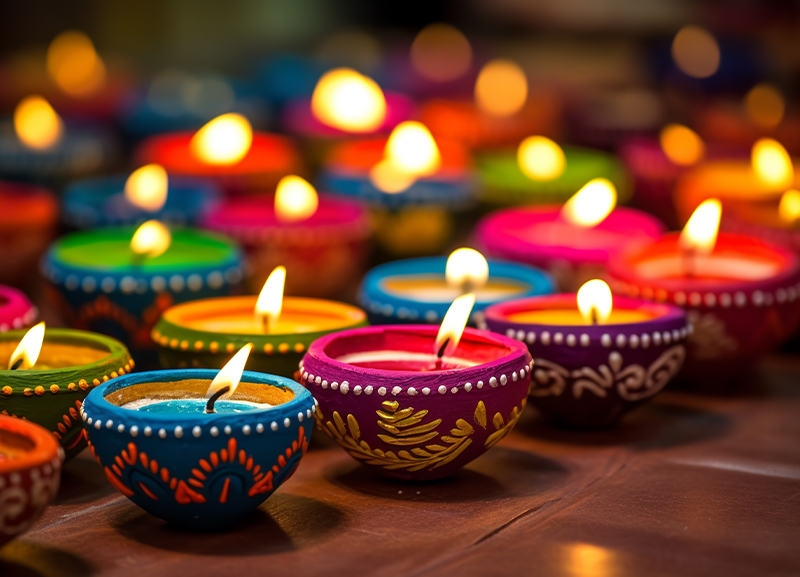
ACTIVITY: Connect 5
Link the 5 elements to their symbols.
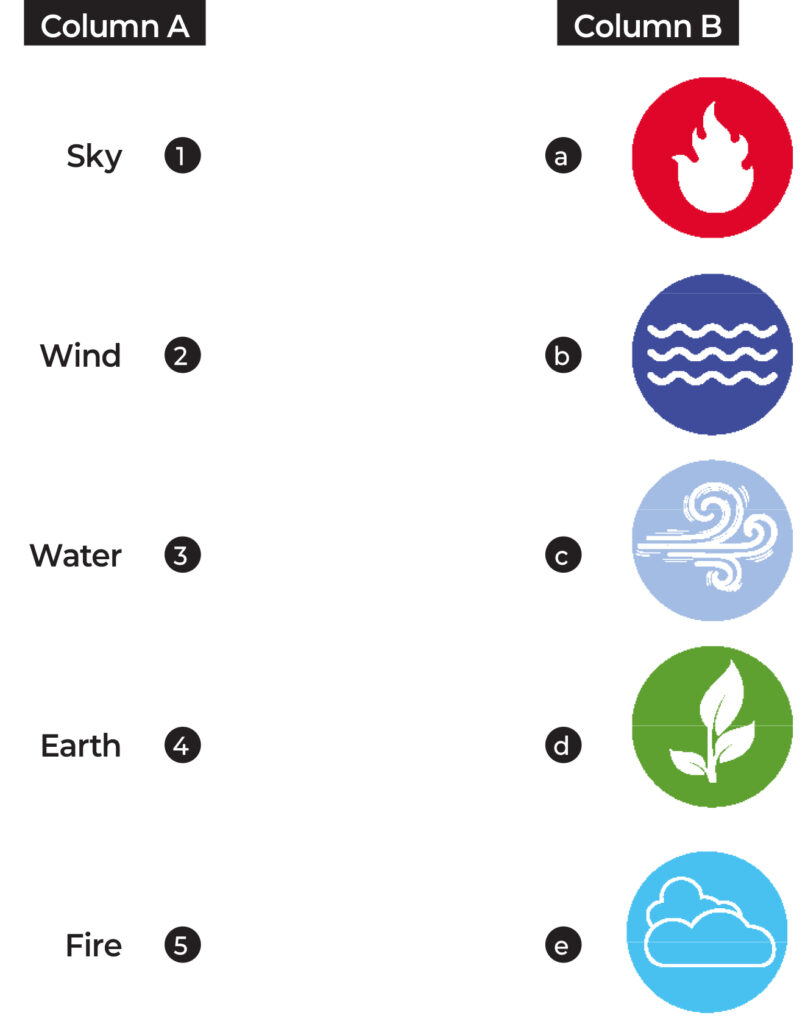
DIWALI AND ITS VARIOUS LEGENDS
Lakshmi Puja
For a majority of Hindus, worshipping Goddess Lakshmi is an important element and tradition of Diwali. The celebration is linked to the mythological event, Samudra Manthan. As an outcome of the churning, Lord Dhanvantari emerged with the elixir of life or Amrit in his hand. Lakshmi also emerged during the churning. Thus, we pray to both of them and seek their blessings, which serve as a reminder that health and wealth always go together.
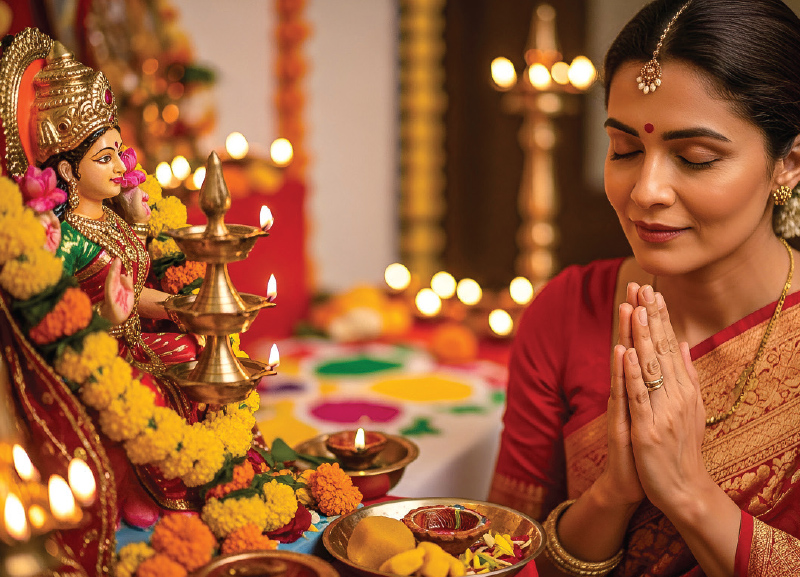
Ram’s Victory
It is believed that on this day, Lord Ram returned to Ayodhya with his wife Sita and brother Lakshman from 14 years of exile, after killing the demon king Ravan. To celebrate his return and the victory of good over evil, the people of Ayodhya decorated their houses, lit diyas and distributed sweets. This tradition of lighting diyas and distributing sweets continues, highlighting the removal of the darkness of Amavasya night (no-moon night), while reminding us of the resilience and courage and the path of righteousness shown by the great prince of Ayodhya.
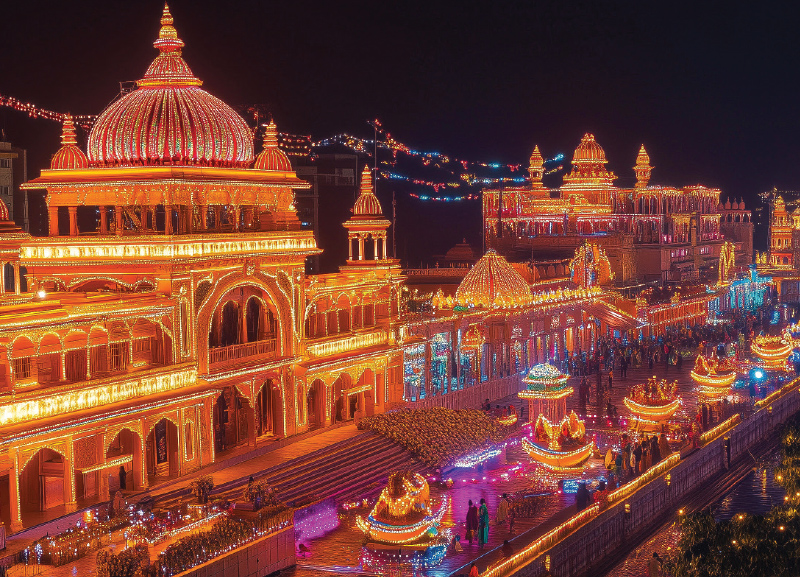
Krishna’s Victory
In some parts of India, especially Goa, Diwali celebrates Lord Krishna’s victory over the demon Narakasur. The demon had imprisoned thousands of women and Krishna not only slayed the demon, but also freed the women and offered them protection.
Vishnu’s Victory
Another well-known Diwali legend is linked to King Bali and Lord Vishnu’s Vamana avatar. According to the story, the mighty Bali had captured the three worlds. To humble his pride, Vishnu took the form of a dwarf, Vamana, and asked Bali for as much land as he could cover in three steps. When Bali agreed, Vamana transformed into a gigantic form and covered heaven and earth in two steps. For the third step, Bali offered his own head, keeping his word.
In Karnataka and Maharashtra, this day is celebrated as Bali Pratipada, the fourth day of Diwali. Families exchange gifts, perform oil bath rituals, wear new clothes and decorate the entrance of their homes and shops with colourful rangolis. These rangolis are often made with rice flour, which can be consumed by ants, as a gesture of gratitude to nature. Interestingly, the same legend is celebrated in Kerala as Onam and King Bali’s annual return is marked with joy and feasting.
The Harvest Festival
Diwali has strong links to seasonal cycles and agriculture. It takes place after the rice harvest and marks the beginning of preparations for the next crop. A good harvest is a time for communities to express gratitude to gods, nature and livestock. The festive season follows the month of Shravan, when there is an increase in the population of insects and pests. Therefore, farmers in some regions use mashaals or fire torches because their flames effectively kill insects. The loud sounds of conches and trumpets, which are used in prayers and rituals, are believed to be effective in controlling the pests—quite similar to how we in cities use firecrackers (fire, light, noise), but end up causing pollution.
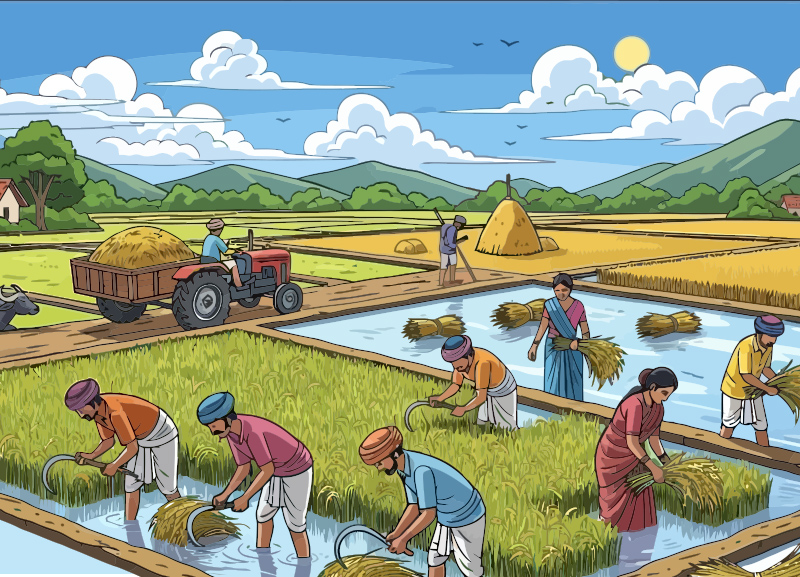
OTHER REGIONAL PRACTICES
Devari
The Gond tribe of Chhattisgarh celebrates Diwali as Devari. Tribal children put oil lamps in front of each household; however, these lamps are made from rice flour and not clay or wax. Another unique ritual followed here is that the children playfully smash these rice diyas, which signifies the harvest cycle and renewal. As an agricultural community, they honour their crops and cattle, offer gratitude through these local customs and perform a shared prayer for prosperity.
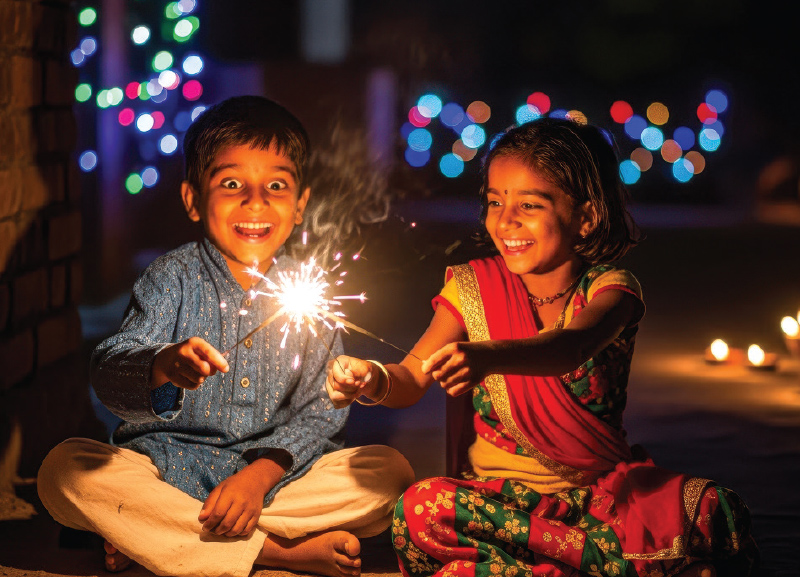
THE FESTIVITIES CONTINUE
Chhath Puja
Chhath Puja is prominently celebrated in Bihar, Jharkhand, Uttar Pradesh, Madhya Pradesh and parts of Nepal. This festival doesn’t involve any idol worship. The devotees offer prayers to the Sun God and his sister Shashti Devi, also known as Chhathi Maiya. The festival is celebrated on the sixth day after Diwali and is considered a way of expressing gratitude to nature with a dip in holy rivers, rituals and fasting.
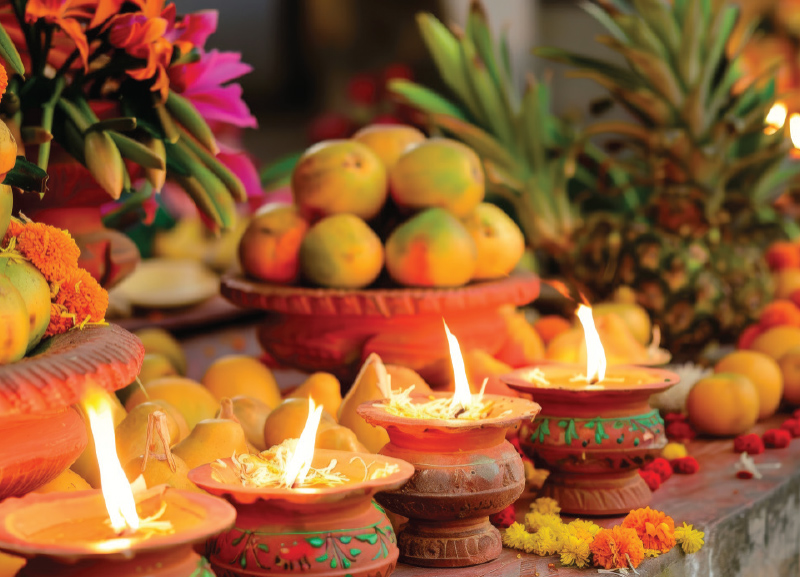
Tulsi Vivaah
Tulsi Vivaah is celebrated 11 days post Diwali, to mark the symbolic wedding of Goddess Lakshmi’s incarnation, the tulsi plant, to Lord Vishnu’s incarnation, Shaligram (a sacred black stone). On this day, the tulsi-van or vrindavan is adorned as a bride. The rituals also involve planting the branches of sugarcane, tamarind and the amla tree along with the tulsi plant. This wedding celebration signifies the end of the monsoon season. Hindus believe that setting wedding dates is possible only after Tulsi Vivaah. The celebration shows deep admiration for nature, recognising divinity in trees and plants and associating human life with the rhythms of the natural world.
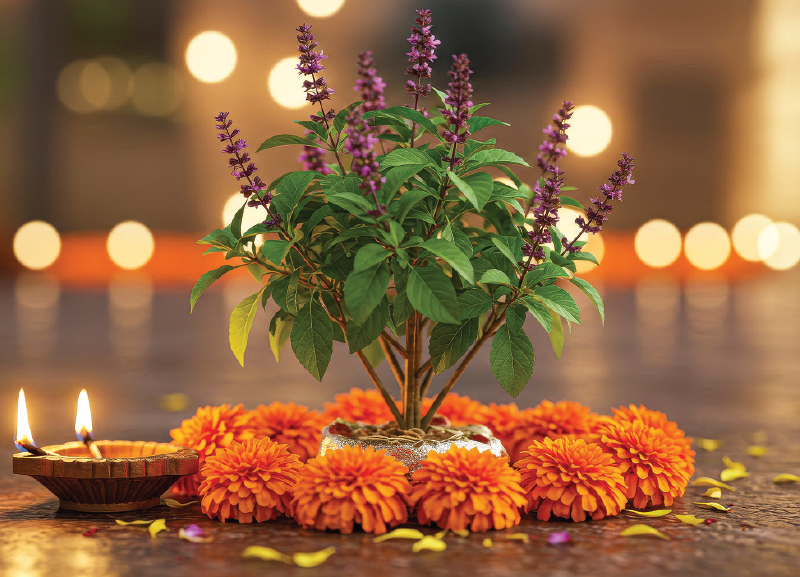
Dev Diwali
Dev Diwali or Dev Deepawali (Diwali of the Gods) is a mesmerising spectacle celebrated in Kashi (also known as Banaras or Varanasi), one of the oldest cities in the world. It is celebrated precisely after 15 days of Diwali and one can witness countless diyas and rangolis on the ghats and small diyas floating in the waters of the Ganga River, a warm ritual to welcome the divine presence of the gods. According to legend, a powerful three-headed demon, Tripurasura, had conquered all three realms and was causing great distress to people. To end his menace, Lord Shiva killed the demon and restored harmony. The festival commemorates the victory of Shiva over Tripurasura.
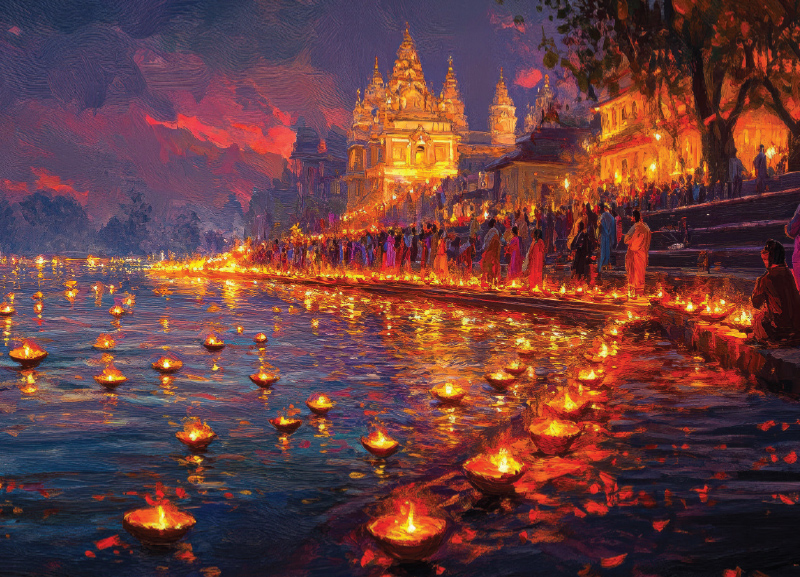
THE OTHER SIDE OF DIWALI
All the legends of Diwali have one common thread—the victory of good over evil, where light overpowers darkness and knowledge kills ignorance. However, there’s more to it. Unfortunately, some people believe that modern-day noisy firecrackers replicate the sounds of conches and trumpets or the light of the fire-torch used in olden times, which is a myth; in reality, firecrackers lead to noise and air pollution. Over-indulgence in gambling or gifting as a part of Diwali celebrations dilutes the importance of sustainability and simplicity and is devoid of spirituality too.
If gratitude is offered to gods and nature, there should also be a way to express gratitude to frontline warriors and many public service workers, such as policemen, doctors, nurses and soldiers. They are often required to work through the Diwali holiday to ensure uninterrupted essential services, mostly away from their families. In certain areas, the ban imposed on crackers also requires additional police intervention, forcing officers to choose their work over Diwali celebrations with their families. Diwali at orphanages and old age homes is also a bit different from ours. Theirs is dependent on donations, charity and kind people who love to spread joy and happiness.
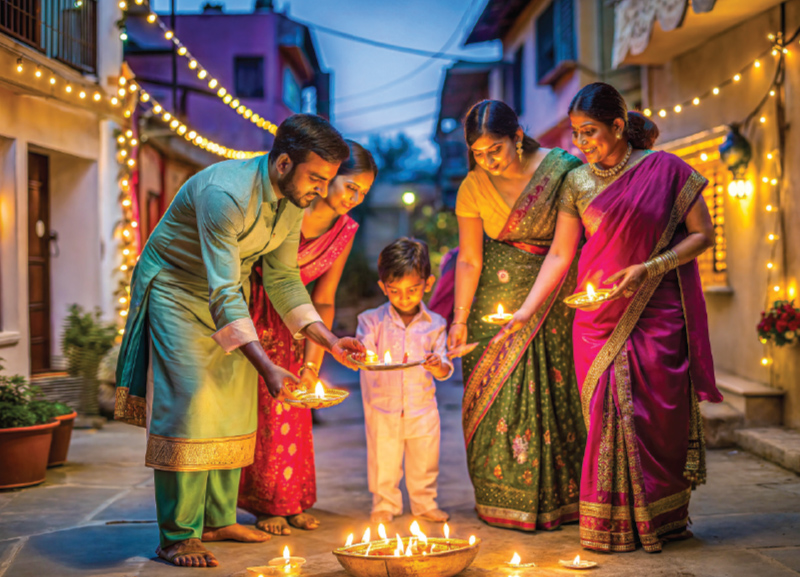
A GREEN DIWALI
This year, let’s attempt a better interpretation of these legends by celebrating a green and eco-friendly Diwali, which is not harmful to the planet, yet rich in spirituality, festivities, friends, kindness and community-building. Festivities should include offering gratitude and prasad made with the new harvest to the gods, celebrating with light and sound, establishing a deep connection with nature, acknowledging the courage within and practising rituals inspired by age-old practices and traditions, which should continue to inspire generations.
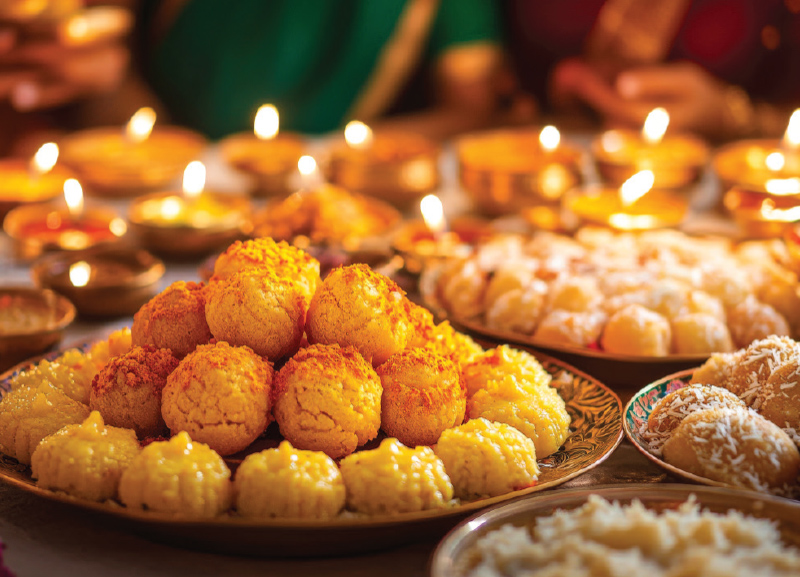
ACTIVITY: Diwali Mythology
Name the following.
